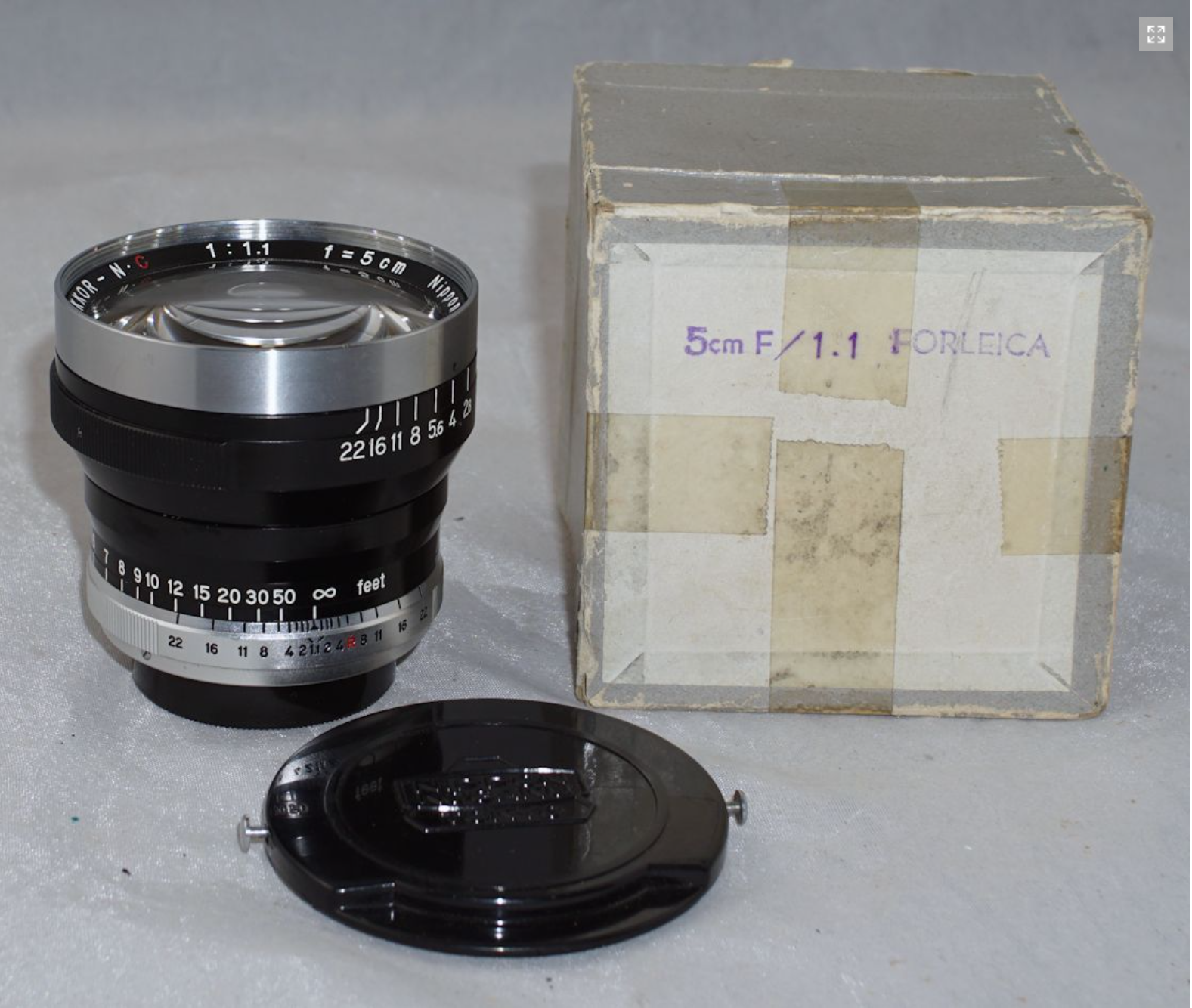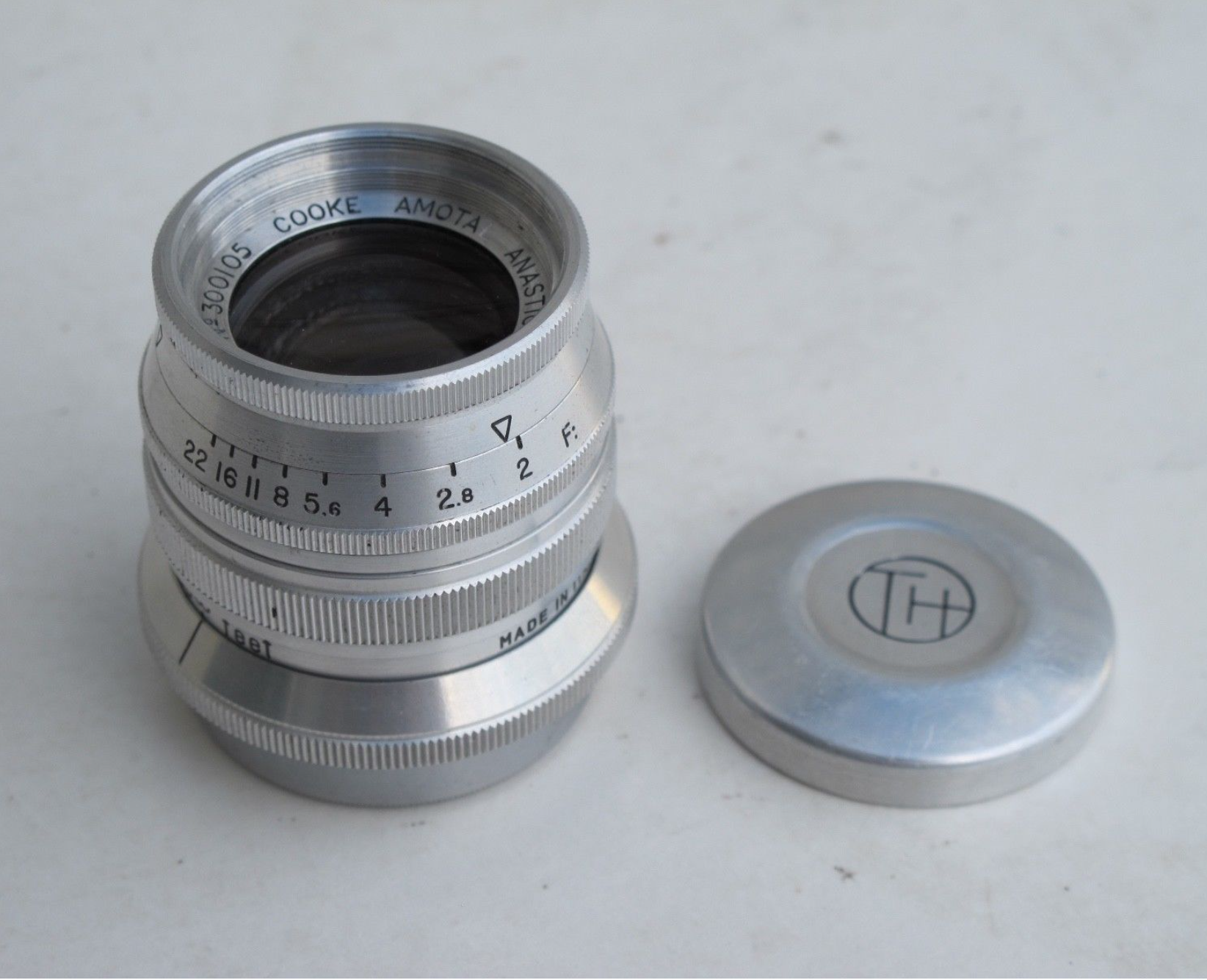Third Party Leica Screw Mount Lenses: Vintage & Modern
It all started with the Leica II of 1932 and it’s been going on ever since.
Back in 1931, 6 years after the original Leica I (or A) was unveiled, Leitz introduced a threaded lens mount measuring 39mm x 26tpi (threads per inch) with a flange focal distance of 28.8mm in anticipation of announcing its first interchangeable lens rangefinder camera, the Leica II (or D) of 1932. This combination of a metric diameter with an English Imperial (Whitworth) pitch of about 0.977mm was designed (by Oskar Barnack) to forestall, at least temporarily, competition from aftermarket lenses being used on the Leica screw-mount rangefinder cameras. Although the design was patented, other companies swiftly pirated it and introduced lenses with the new 39mm thread, now commonly known as LTM (Leica Threaded Mount.) Early examples include the 100mm f/2.8 Hugo Meyer Trioplan, an uncoated lens based on the Cooke triplet that performed surprisingly well (except for softness in the corners at its widest apertures) and had beautiful rendition and attractive bokeh. Meyer Optik got the mount right, too, but didn’t provide a rangefinder-coupling cam so you had to estimate subject distances or use a separate rangefinder.
Some rival optical companies didn’t take the time to verify that the Leica thread pitch was 26 per inch, and came out with lenses that used a 39mm mount with a metric 1mm pitch instead. These lenses will often bind in true Leica mounts and can be hard to remove if forced in. Soooo—if you happen to come across an enticing old prewar “Leica thread” lens made by somebody other than Leica, please screw it gently into your Leica’s mount and don’t force it if you feel any resistance. By the mid-‘30s everybody got the mechanics correct, and also included rangefinder-coupling cams, but I have run across a few odd Russian “LTM” lenses that did not happily mate with my long-suffering IIIf black dial.
Over the years there have been literally hundreds of third-party LTM lenses made to fit screw-mount Leicas, and I can only touch upon a select group of them here. Their sheer variety is staggering, rivaled only by SLR lenses in M42 (Practica/Pentax) screw mount. Before I get into specifics I should mention that I’ve always found “third party lenses” (or “third party” anything) to be a rather strange locution. It’s pretty clear that a “first party” lens would be made by the camera manufacturer—a 50mm f/3.5 E. Leitz Elmar LTM for a screw-mount Leica, for example. But why is a 50mm f/1.4 Nikkor in Leica screw mount called a “third party” lens, not a “second party” lens, and who is the “second party” anyway? The quick answer is that “third party” is a term of art that originated in the realm of business contracts, where three parties are often involved. When it comes to products, a third party is defined as a company that provides an auxiliary product, one not supplied by the primary manufacturer, directly to the end user. In other words, the end user or consumer is considered to be the second party, which doesn’t make any sense to me. I believe a “second party” Leica lens should refer to one made for Leica (e.g. by Schneider or Minolta) but bearing the Leica name, and that a “third party” lens should refer to one made my an independent company. But I know I’m not going to win this battle.
The Zeiss-Ikon Contax was the Leica’s archrival through the 1930s and up to the early ‘50s, so Zeiss lenses weren’t generally made in Leica screw or M-mount until much later. The same was not true for Schneider-Kreuznach, and they offered a very nice coupled 135mm f/3.5 Schneider Tele-Xenar in uncoated and uncoated versions before and after WWII, and the outstanding wide-angle 35mm f/2.8 Xenogon starting in the ‘50s. Leica’s first high speed 50mm f/1.5 lens designed to compete with the legendary 50mm f/1.5 Zeiss Sonnar was the (uncoated) 50mm f/1.5 Schneider Xenon introduced in the late ‘30s and listed as such in the Leica catalog. It was eventually co-branded as the Schneider-Leitz 50mm f/1.5 Xenon and was the basis for the 50mm f/1.5 Leitz Summarit. Cooperation between Leitz and Schneider eventually resulted in the legendary 21mm f/4 Leitz Super-Angulon that was offered in both M-mount and LTM versions. Other well-known German lens companies that made good quality LTM lenses include Schacht and Steinheil.
The British also got into LTM act prior to WWII with the beautifully finished 13.5cm f/4.5 XTRALUX made by the venerable optical firm Ross of London, and followed up in the early-to-mid ‘50s with the coated 50mm f/2 Cooke Amotal Anastigmat, a popular aluminum-mount normal lens for Leicas that was also featured (in T/2.2 T-stop version) on the ingenious Bell & Howell Foton. Another was the excellent 2-inch f/2 Taylor-Hobson Anastigmat, the most common normal lens for made-in- England Reid cameras, arguably the finest vintage LTM Leica copies ever.
Perhaps the most renowned series of third party LTM lenses were those made by Nikon and Canon starting after WWII and well into the ‘60s. Although Nikon S-series rangefinder cameras are closely based on the Contax (albeit with Leica-type horizontal focal-plane shutters) Nikon capitalized on the good press they received from Korean War photojournalists and brought forth a superb line of LTM lenses ranging from wide-angles to telephotos. All are very well regarded and are now collector’s prizes, notables being the 50mm f/1.4 Nikkor-S.C, the 105mm f/2.5 Nikkor-P, and the rare 50mm f/1.1 Nikkor-N.C that was faster than any Leica lens at the time. Since all Canon’s interchangeable-lens rangefinder cameras except for the prewar Hansa Kwanon used the Leica screw mount, Canon didn’t have to create a special line for the Leica, but their Serenar and Canon LTM lenses ranged from wide-angle to telephoto and most of them were outstanding performers. My favorites: the 50mm f/1.4 Canon that will give a Summilux a run for the money, the rare 100mm f/2 that has marvelous bokeh and gorgeous rendition, and the amazing 50mm f/0.95 Canon that was designed to mate with the outer bayonet mount on the Canon 7 and 7s, but is often modified to fit LTM and M-mount Leicas. Other Japanese companies that offered excellent LTM lenses in the ‘50s and ‘60s include Chiyoda Kogaku (Minolta), Tokyo Optical Company (Topcon and Simlar), and Konishiroku (Konica.) There were many others that offered good lenses of lesser quality.
Today, third party LTM lenses are still being made despite the fact that Leica phased out their venerable line of Barnack-inspired screw mount Leicas nearly 50 years ago in 1960! The reason: they fit vintage Leicas and can be easily adapted to M-mount cameras with inexpensive Leica-made or generic screw-on M adapters—one of the most brilliant and enduring features of the M system. The best-known current LTM lens line: Voigtländer branded lenses made by Cosina in Japan. They all feature modern and vintage optical designs, are very well made both mechanically and optically, and generally deliver excellent performance and pleasing rendition. My personal favorites: the 35mm f/1.7 Voigtländer Ultron Aspherical and the 50mmm f/1.5 Voigtländer Nokton Aspherical. The 90mm f/3.5 Voigtländer APO Lanthar sure looks fascinating, but I haven’t shot with it so I can’t assess its performance. Ditto for the Japanese-made 21mm f/2.8 Kobalux Avenon Super Wide.
As you probably know, the Leica screw mount also lives on as the standard mount for enlarger lenses so it might just be immortal. To paraphrase my late great dad, “It couldn’t happen to a nicer lens mount!” And that’s great news for grizzled old Leica fanatics like me.


























